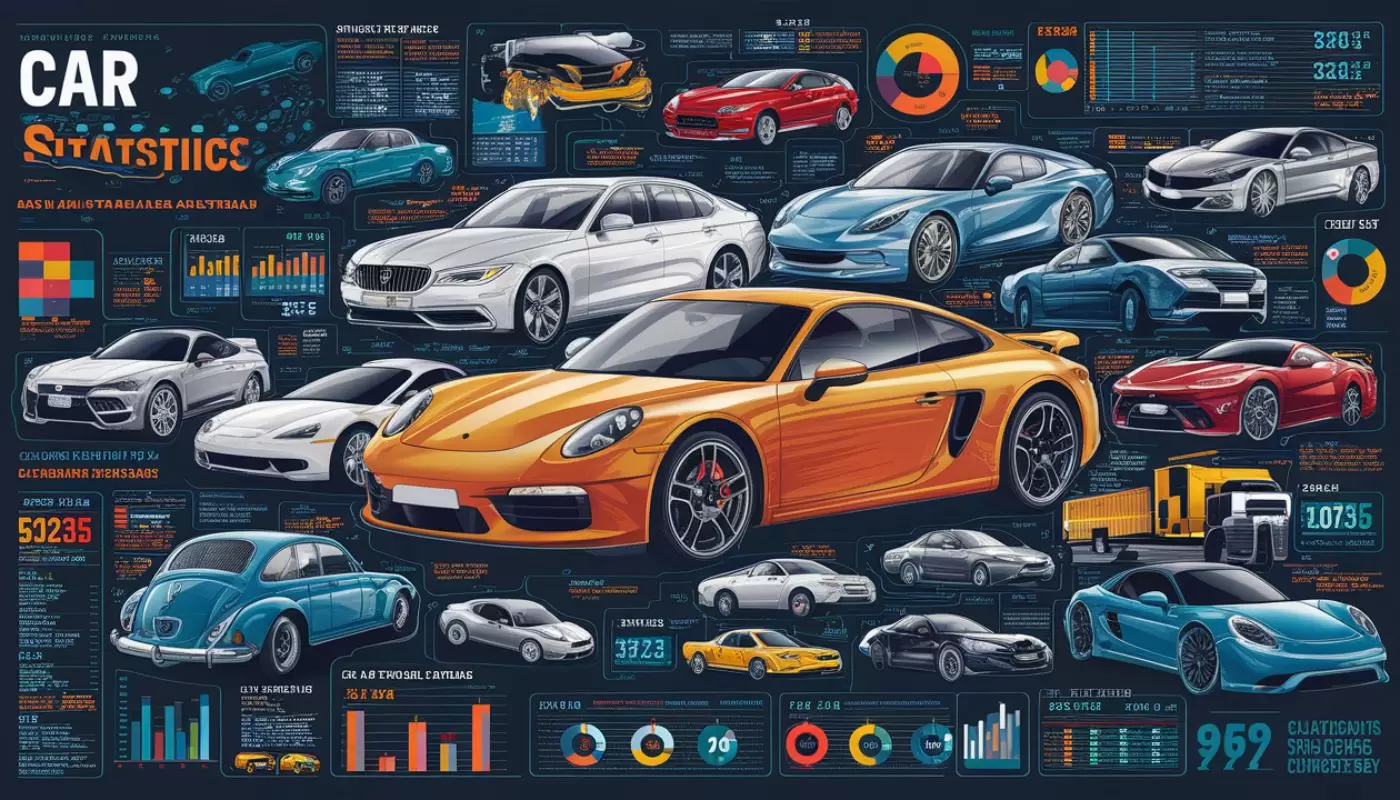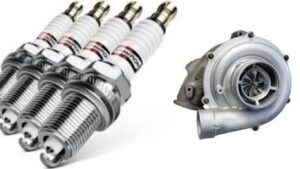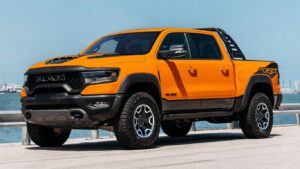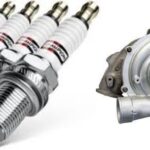Introduction: Cruising Through the Land Down Under’s Auto Landscape
Ever wondered how our Aussie cousins roll? Buckle up, because we’re about to take a wild ride through the fascinating world of car statistics in Australia. From the sun-baked Outback to the bustling streets of Sydney, Australia’s unique car culture is as diverse as its landscape. And for us Yanks, understanding global auto markets isn’t just interesting – it’s downright crucial in our interconnected world.
So why should you care about vehicle sales and car loans on the other side of the planet? Well, mate, the Australian automotive industry offers a treasure trove of insights that could shape the future of our own market. Whether you’re a car enthusiast, industry professional, or just curious about how our friends Down Under finance their wheels, this deep dive into Australia’s car statistics is sure to rev your engine.
The Australian Car Market: A Bird’s Eye View
Let’s start by popping the hood on the Australian car market. It’s a beast of its own, with unique quirks and characteristics that set it apart from our American auto landscape.
Market Size and Growth Trends
Australia’s automotive industry is no small potatoes. In fact, it’s a major contributor to the country’s economy. Here’s a quick snapshot:
- Total market value: Approximately AUD $37 billion (as of 2021)
- Annual new car sales: Around 1 million units
- Total registered motor vehicles: Over 20 million
The market has seen its fair share of ups and downs, but overall, it’s been on an upward trajectory. Despite the global pandemic throwing a spanner in the works, Australia’s car market has shown remarkable resilience.
Top-Selling Brands and Models
When it comes to car brands, Aussies have their favorites. Unlike the US, where domestic brands often dominate, Australia’s top sellers are a mix of Asian and European manufacturers. Here’s a table of the top 5 brands by market share:
| Rank | Brand | Market Share |
| 1 | Toyota | 21.1% |
| 2 | Mazda | 9.2% |
| 3 | Hyundai | 7.1% |
| 4 | Ford | 6.0% |
| 5 | Kia | 5.9% |
As for models, the Toyota HiLux (a pickup truck) has been the best-selling vehicle for several years running. It’s followed closely by the Ford Ranger and Toyota RAV4, showing Aussies’ love for SUVs and utility vehicles.
Comparing Apples to Vegemite: Australia vs. US Market
While both countries share a love for cars, there are some key differences:
- Market size: The US market is about 15 times larger in terms of annual sales.
- Brand preferences: Domestic brands like Ford, GM, and Chrysler dominate in the US, while Australia favors Asian brands.
- Vehicle types: SUVs and trucks are popular in both countries, but Australia has a unique category called “utes” (utility vehicles) that doesn’t exist in the US.
- Fuel efficiency: Due to higher fuel prices, Australians tend to prefer more fuel-efficient vehicles.
Car Sales Statistics in Australia: New, Used, and Everything in Between
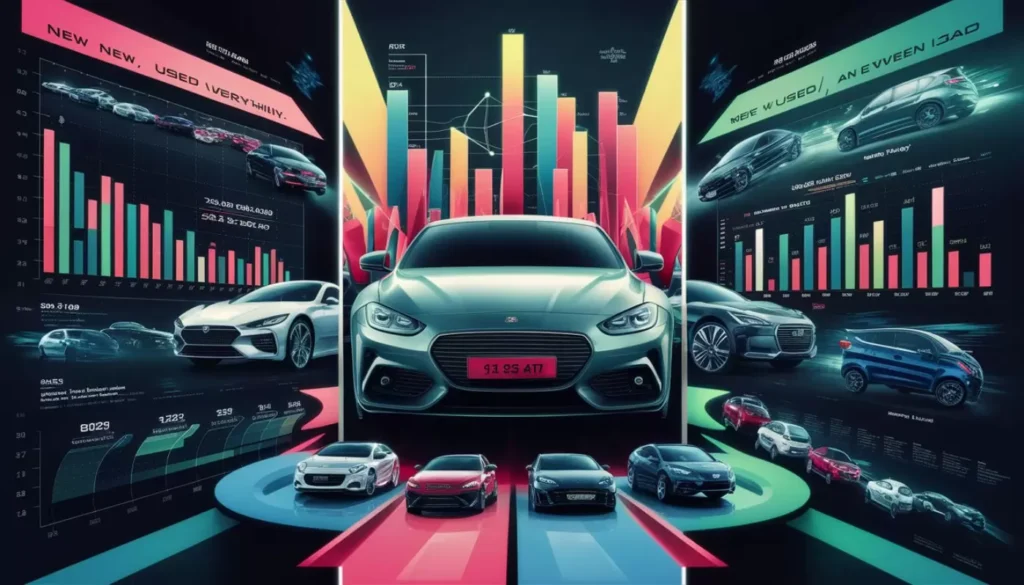
Now that we’ve got the lay of the land, let’s dig into the nitty-gritty of car sales statistics in Australia.
New vs. Used Car Sales
The battle between new and used cars is as old as the automobile itself. In Australia, the used car market is significantly larger than the new car market. Here’s the breakdown:
- New car sales: Approximately 1 million units annually
- Used car sales: Around 3-4 million units annually
This 3:1 or 4:1 ratio of used to new cars is similar to what we see in the US. However, the pandemic has shakin things up, causing a surge in used car prices due to supply chain issues affecting new car production.
Electric Vehicles and Hybrid Electric Vehicles: The Charge Down Under
Electric vehicles (EVs) and hybrid electric vehicles are gaining traction in Australia, though they’re still playing catch-up compared to some other developed nations. Here’s a quick look at the EV landscape:
- EV market share: 1.95% of new car sales (2021)
- Hybrid electric vehicles market share: 8.4% of new car sales (2021)
- Total EVs on Australian roads: Approximately 20,000
While these numbers might seem small, they represent significant growth. EV sales in Australia nearly tripled in 2021 compared to the previous year. The government is also pushing for greater EV adoption through incentives and infrastructure development.
“The future of Australia’s automotive industry is electric, and we’re just at the starting line.” – Behyad Jafari, CEO of the Electric Vehicle Council
COVID-19’s Impact: A Bump in the Road
Like everywhere else, the pandemic threw a wrench in Australia’s automotive industry. Here’s how it played out:
- Initial slump: New vehicle sales dropped by 48.5% in April 2020 compared to the previous year.
- Recovery: By the end of 2020, the market had largely recovered, with only a 13.7% decline for the full year.
- Supply chain issues: Ongoing chip shortages have led to long wait times for new cars.
- Used car boom: With new cars in short supply, used car prices skyrocketed, increasing by up to 30% in some segments.
The Car Loan Landscape: Financing Your Ride in the Land Down Under

Now, let’s talk about money. How do Aussies finance their vehicles? The car loan market in Australia is a fascinating beast, with some key differences from what we’re used to in the States.
Average Loan Amounts and Terms
Car loans in Australia come in all shapes and sizes, but here are some averages to give you an idea:
- Average car loan amount: AUD $31,738 (as of 2021)
- Typical loan term: 3-5 years
- Average car loan payments: AUD $563 per month
It’s worth noting that these figures can vary widely depending on factors like credit score, income, and the type of vehicle being financed.
Interest Rates and Financing Options
Interest rates for car loans in Australia tend to be a bit higher than what we’re used to in the US. Here’s a breakdown:
- Secured car loan rates: 5.5% – 8.5% p.a.
- Unsecured personal loan rates: 7.5% – 15% p.a.
Financing options in Australia include:
- Dealer finance
- Bank loans
- Credit unions
- Online lenders
- Peer-to-peer lending platforms
One unique aspect of Australian car loans is the popularity of “balloon payments” – a larger final payment at the end of the loan term. This allows for lower monthly payments but requires careful financial planning.
Aussie vs. American Car Loan Practices: A Tale of Two Systems
While there are similarities, some key differences exist between Australian and US car loan practices:
- Credit scoring: Australia uses a positive credit reporting system, which can make it easier for some borrowers to qualify for loans.
- Loan terms: Longer loan terms (6-7 years) are more common in the US than in Australia.
- Interest rates: US rates tend to be lower on average.
- Balloon payments: More common in Australia than in the US.
Factors Driving Australia’s Car Market: It’s Not Just About the Roos

Several factors influence car sales and loans in Australia. Understanding these can give us valuable insights into market trends and consumer behavior.
Economic Indicators: The Pulse of the Market
Australia’s robust economy plays a significant role in shaping its automotive industry:
- GDP growth: Australia’s economy has been growing steadily, with an average annual growth rate of 2.5% over the past decade.
- Unemployment rate: Currently at 4.0% (as of 2022), a low rate that boosts consumer confidence and spending power.
- Inflation: At 3.5% (2022), it’s higher than in recent years but still manageable.
These strong economic indicators have generally supported a healthy car market, although recent global events have introduced some uncertainty.
Government Policies and Incentives: Steering the Industry
The Australian government has implemented various policies that impact the automotive sector:
- EV incentives: Some states offer rebates and tax exemptions for electric vehicle purchases.
- Emissions standards: Stricter standards are pushing manufacturers towards cleaner technologies.
- Luxury Car Tax: A 33% tax on luxury vehicles over a certain price threshold, influencing high-end car sales.
Consumer Preferences: What Aussies Want in Their Wheels
Australian car buyers have distinct preferences that shape the market:
- SUVs reign supreme, accounting for over 50% of new vehicle sales.
- Fuel efficiency is a priority due to high petrol prices.
- Hybrid vehicles are increasingly popular as a compromise between traditional and full electric cars.
- Utes (utility vehicles) remain a uniquely Australian favorite, especially in rural areas.
The Road Ahead: Future Trends in Australia’s Auto Market
As we look to the future, several trends are shaping Australia’s automotive landscape:
Projected Growth and Challenges
- Electric vehicle adoption is expected to accelerate, potentially reaching 25% of new car sales by 2030.
- The shift towards online car buying, accelerated by the pandemic, is likely to continue.
- Supply chain issues may persist in the short term, affecting new car sales and prices.
Emerging Technologies: The Next Gear
- Autonomous vehicles are on the horizon, with testing already underway in some Australian cities.
- Connected car technologies are becoming more prevalent, enhancing safety and convenience.
- Alternative fuels, including hydrogen, are gaining attention as potential future options.
US-Australia Collaboration: A Two-Way Street
There’s potential for increased collaboration between the US and Australian auto industries:
- Knowledge sharing on EV infrastructure development
- Joint research on autonomous vehicle technologies
- Cross-market strategies for global automakers
Lessons for the US Market: What Can We Learn from Down Under?
Australia’s car market offers several insights that could benefit US consumers and industry professionals:
- EV adoption strategies: Australia’s approach to incentivizing electric vehicles could provide valuable lessons.
- Fuel efficiency focus: With higher fuel prices, Australia’s emphasis on efficiency could preview future US trends.
- Online car buying: The rapid shift to digital sales in Australia could offer a roadmap for US dealerships.
Conclusion: The End of the Road (For Now)
As we pull into the driveway of this deep dive into car statistics Australia, it’s clear that the Land Down Under’s auto market is a fascinating mix of familiar and unique elements. From the rise of electric vehicles to the enduring popularity of utes, Australia’s car culture reflects both global trends and local quirks.
Understanding these car statistics and trends isn’t just an academic exercise – it’s a window into the future of global automotive markets. As we face similar challenges and opportunities in the US, keeping an eye on our Aussie mates could give us a valuable edge in navigating the road ahead.
So the next time you’re cruising down the highway, spare a thought for your counterparts on the other side of the world. They might be driving on the left side of the road, but when it comes to their love of cars, they’re not so different after all.
Additional Resources: Keep on Truckin’
Want to dive deeper into the world of Australian cars and automotive trends? Check out these resources:
- Federal Chamber of Automotive Industries
- Australian Automotive Dealer Association
- Electric Vehicle Council Australia
Remember, mate, whether you’re in Sydney or San Francisco, the open road is calling. So keep exploring, keep learning, and most importantly, keep driving!

Marathi author Anju Mary has made a mark in the literary world with her innovative storytelling and deep passion for reading. Her unique narrative style and creative approach offer readers a distinctive and enriching experience, solidifying her reputation as a prominent writer.
